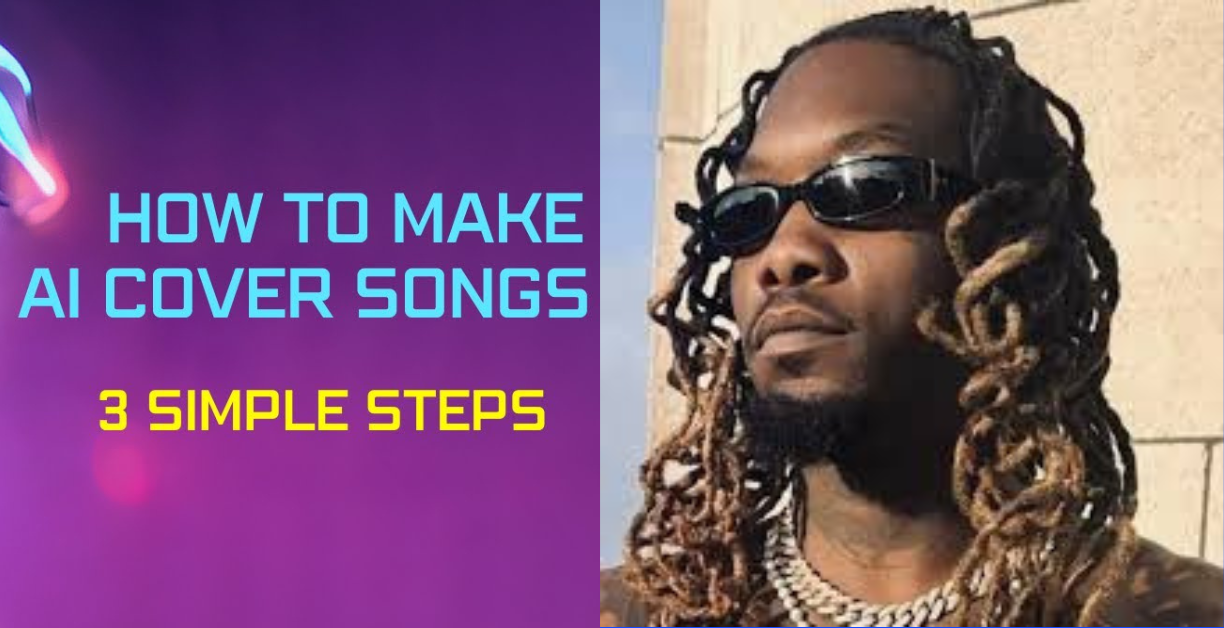Nowadays a lot of people want to know how to do ai voice covers. Most of the artists producing these covers process the vocals using So-VITS-SVC or RVC, two pieces of free software. These deep learning models, driven by artificial intelligence, may be trained with audio files of any vocal timbre. This allows them to translate vocal recordings into the singing voice that they have been trained on.
Through the process of extracting voice stems from artist recordings and utilising them to train the models, users can instruct the programme to treat any vocal sample in a way that emulates their chosen artist. The following list of websites offers artificial intelligence voice coverings.
how to do ai voice covers
Revocalize
Compared to most other sites on this site, Revocalize focuses more on developing original models than it does on modelling well-known voices (there are just four models available). Even a free VST plugin that does the conversions for you is available for download. Although the website is still in its infancy and certain functions aren’t operating quite right, the most recent addition—AI mastering—looks fantastic. One to keep an eye on.
Singify
Although Singify appears to be a relatively new website, it is free to use (for now) and features several well-known artist AIs, such as a youthful-appearing Taylor Swift and Ariana Grande. If you want to play with vocal AI, this could be an excellent website to start on. We tried the Swift model and got some really good results, which you can download for free.

Read more
can you violate probation and not go to jail
farmer against potatoes idle codes
Musicfy
Another pricey website, however you can use it to clone your voice, pick from artist models (who don’t appear to be as well-known as on some sites), or utilise parody models (Donald Trump is singing). While acknowledging that the usage of well-known voices in its service creates ethical questions, Musicfy says that users can freely employ AI voice cloning, but it’s crucial to exercise responsibly.
Kits AI
Utilising one of these AI Artist Voices from Kits AI allows you to use the results for personal use, but if you want to release them commercially, you have to get permission from the original artist. Kits AI works with a “partner artist community.” Next, you negotiate a royalty share with the artist. Looks reasonable. Although there are now only twelve artists registered, there are many royalty-free models available for use, including AI modelling tools.
You are almost know how to do ai voice covers. Most of the folks making these covers are processing vocals with So-VITS-SVC or RVC, two pieces of open-source software. With the use of audio files with any vocal timbre, these AI-powered deep learning models can be trained to transform vocal recordings into the singing voice they’ve been trained on.
Users can teach the programme to process any vocal recording to sound like the artist in question by taking the vocal stems from the artist’s recordings and using these to train the models.

In order to create the desired voice for an AI voice cover, speech synthesis technology is usually used. This is a broad synopsis of the procedure:
1. Choose a TTS (text-to-speech) system: Select a TTS system based on your requirements. There are several solutions available, such as open-source libraries like Tacotron from Mozilla or the GPT models from OpenAI, as well as commercial APIs like Google Cloud Text-to-Speech or Amazon Polly.
2. Prepare the Script: Write down the lyrics of the song you want to cover in text format. Make sure the text is properly formatted and punctuated for better voice synthesis results.
3. Enter the Text: Enter the lyrics using the selected TTS system. To make the voice more like you, change any settings or parameters (voice pitch, voice speed, speech style, etc.).
4. Generate the Voice: Start the process of synthesising voice. After analysing the text, the TTS system will produce an audio file with a synthesised voice reciting the lyrics.
5. Editing and Post-processing: You might need to make changes to the created audio file to improve its quality or make it more in sync with the song’s music, depending on your needs. For this, you can utilise audio editing software such as Audacity.
6. Blend with Music: If required, place the synthesised vocals over the song’s instrumental track. To produce a unified effect, be sure that the synchronisation and mixing are correct.
7. Review and fine-tuning: After hearing the finished product, make any required changes to raise the AI voice cover’s general calibre.
8. Distribution: After you’re happy with the outcome, you may post your AI voice cover on social media, SoundCloud, YouTube, and other websites.
It may still be difficult to produce vocal performances that are really realistic and expressive, even with the recent considerable advancements in AI voice synthesis technology. This is especially true for complicated compositions that call for subtle dynamics and emotions. To get the intended outcome, it can be essential to experiment and iterate.















